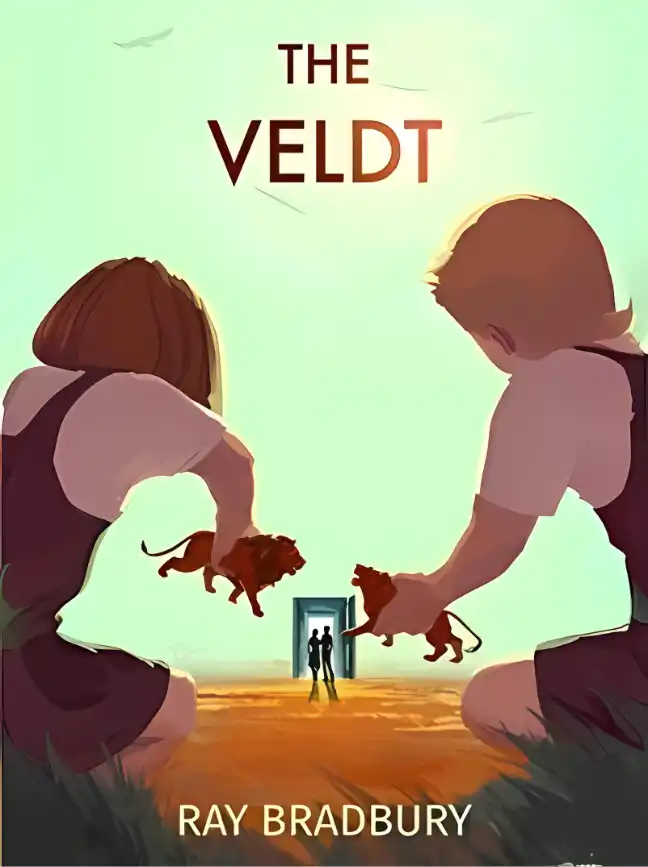Ty clicked a button and the next slide appeared on the massive screen behind him. The only sound in the auditorium was the air conditioning vents vibrating overhead.
“Since we have an audience drawn from different departments, I’m going to give some background that I know will bore some of you, but please bear with me. It’s necessary and will be well worth it.”
Ty motioned to the map on the screen. It showed an area at the border of France and Switzerland, just west of Lake Geneva. A red circle stretched across the two nations.
“As you know, the Large Hadron Collider, or LHC, was completed in September 2008. The first collisions occurred in 2010. It’s the latest particle accelerator here at CERN and the largest in the world. The ring itself is twenty-seven kilometers long. In fact, the LHC is the largest machine in the world today. And the largest ever built.”
Ty could see some of his audience tuning out, but he pressed on. “The LHC is a complex machine, but in its simplest form, it’s like a racetrack for particles. The track has two tubes that are kept at ultrahigh vacuum. Inside those tubes, it’s as empty as outer space. The ultrahigh vacuum reduces friction, enabling us to accelerate particles to almost the speed of light. Then, like two cars racing around a track in opposite directions, we crash those particles together. The real work here at CERN-besides the monumental task of building the collider and operating it-is examining what happens after particles collide. What we do, essentially, is examine what’s produced from these particle collisions. When you smash particles together, what comes out, at its basic form, are the building blocks of the universe: subatomic particles. Some of these subatomic particles are things we have only theorized-like the Higgs boson. Now, at CERN, with the
LHC, we can finally detect particles we have long believed existed. What we’re doing, frankly, is peeling back the curtain and finally discovering what the universe is made of. I believe that’s the key to understanding how our universe works on a fundamental level, which is the focus of my research.”
Ty debated whether to share some of his personal history. He sensed that he was losing some of the audience’s attention, but he opted to trust his gut and go for it.
“The LHC is actually what brought me to Geneva and CERN. The promise of what the collider can do for physics and our understanding of the universe-of the very nature of our existence-is simply impossible to exaggerate. My hope was that the LHC would answer some of the greatest unresolved questions in physics: the deep structure of space and time, the relationship between quantum mechanics and general relativity, and the details of how the elementary particles in the universe work.”
Ty pointed to the screen, which showed the timeline of the Large Hadron Collider construction and upgrades.
“As most of you know, the LHC was shut down at the end of 2018 after the second run. The reason is simple: after running for a few years, the collisions generally deliver fewer discoveries because we’ve seen everything we can detect-or everything we can produce from those collisions. There’s really only one solution: upgrade the machine. Better equipment gives the LHC more collision energy, more luminosity, and better detectors to see the results. The collider recently came back online for run three, this time with more power and better hardware than ever before.
The upgrade to the LHC is what enabled me to make my discovery.” The next slide showed a table with subatomic particles and their counts.
“I wrote a computer algorithm to analyze the data generated from run three-specifically, to look for unexpected patterns. I wasn’t sure what I would find. But I kept tweaking the algorithm until I found a pattern-and something else. What I believe are non-original exotic subatomic particles.”
One of the managers from the finance department held up his hand.
“What exactly are you saying here?”
“I’m saying that I think more is happening during these particle collisions than we think.”
The man frowned. “What does that mean?”
“The purpose of the LHC experiments is to crash particles together and look at what they’re made of-the smallest building blocks of the universe.
I think some of these collisions are doing more than simply breaking apart particles. I believe the collisions themselves are acting upon the fabric of our universe in a manner we don’t fully understand.”
Ty held up a sheet of paper. “One of the great questions in science is whether our universe is a closed system. In particular, where did all of the matter and energy in the universe come from, and where will it all go? We know all matter and energy in our universe originated with the Big Bang- but what happened before that? And what will happen at the end of the universe? I think I may have detected part of the answer.”
He took a pencil from the lectern and stabbed it into the paper. “My working theory is that the collisions in the LHC are breaking open particles, but they’re also causing our universe to become porous-for the smallest, smallest fraction of a second. I believe some of the subatomic particles we’re detecting here at CERN aren’t originating from the source particles we crashed together. We thought they were before because the machine and the detectors weren’t sensitive enough and the computing grid couldn’t hold sufficient data. That’s changed. I think the truth is that some of the particles we’re detecting aren’t from our world. They’re from somewhere else.”
“Where?”
“That’s the question.” Ty paused a moment. “Well, actually, a better question is where-and when? Our understanding of the very nature of space-time is incomplete. Therefore, we only know that these exotic subatomic particles I’ve identified are coming from elsewhere. They could be from somewhere else in the universe, or they could be coming from right here, but from the future or from the past.” The room was utterly quiet.
Ty took a deep breath and steeled himself to deliver the news he believed would be the biggest scientific discovery in human history.
“But that’s not the most remarkable part. The real scientific mystery is that these particles have a pattern. They aren’t just random noise. It’s organized. What we’re detecting is a data stream.”
Ty stared at the audience. “I think what we’ve built here at CERN is far more than a particle collider. The ring buried under our feet is detecting quantum data. It’s tuning in to a broadcast across space and time, a message being sent via a sort of… quantum radio.”








